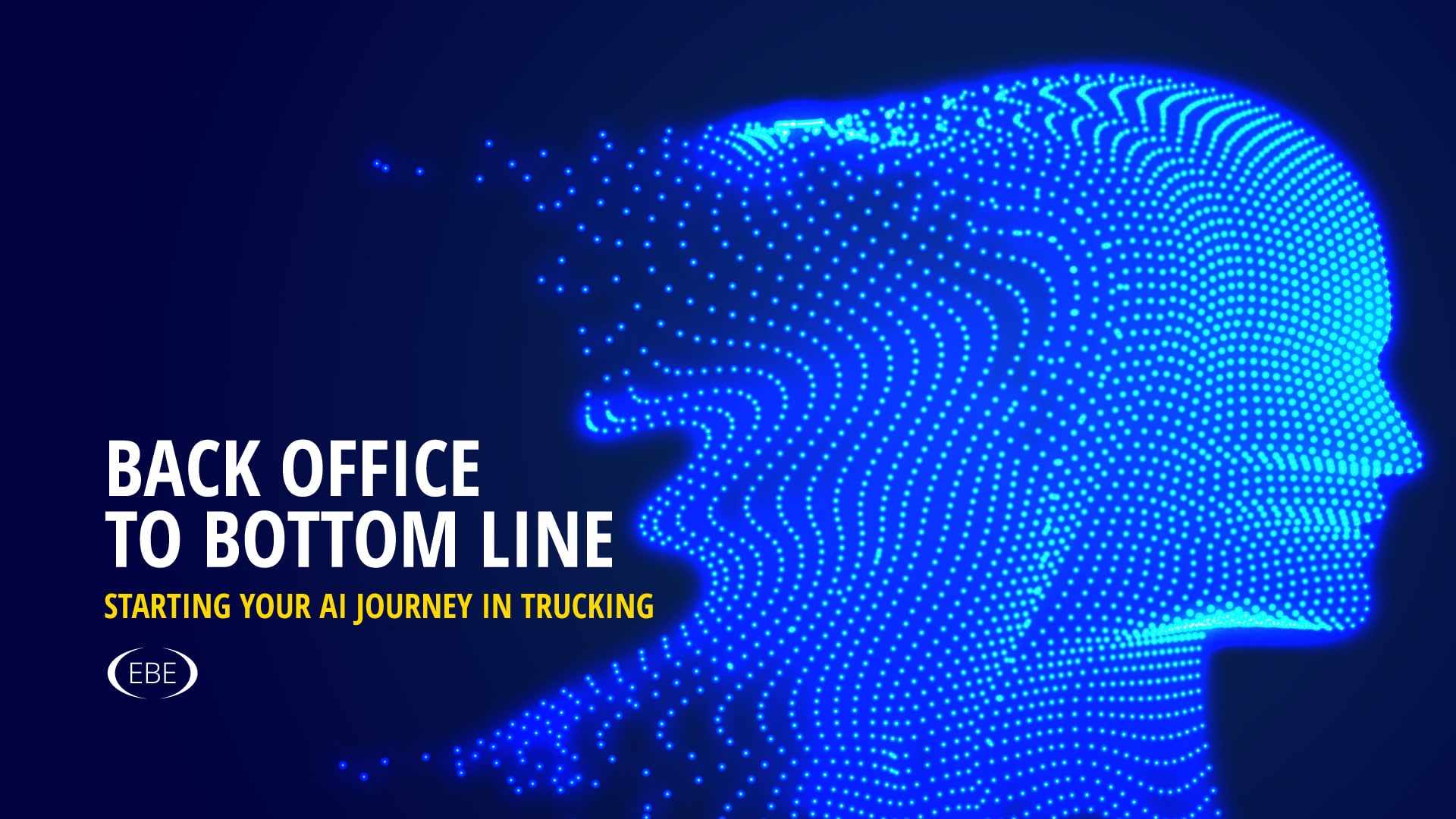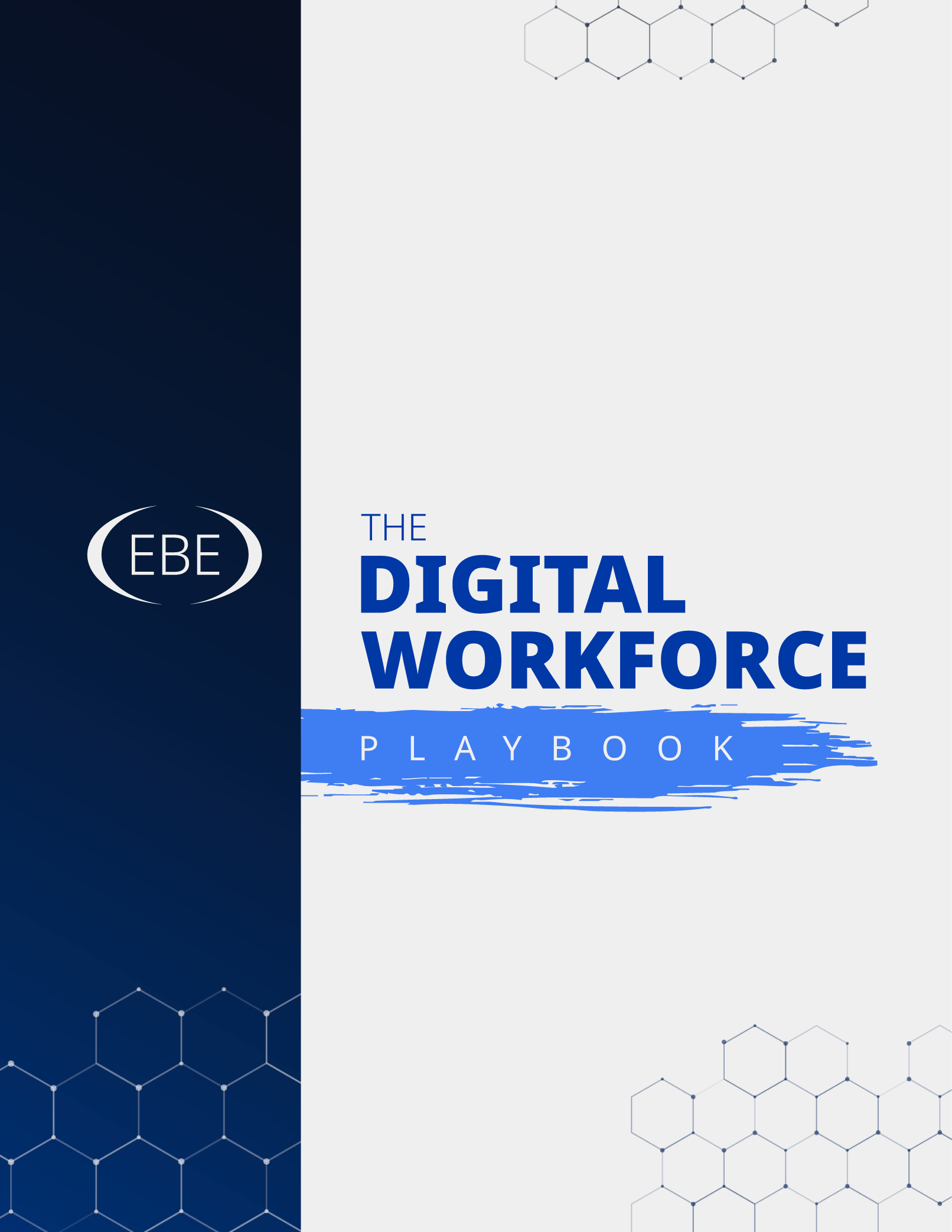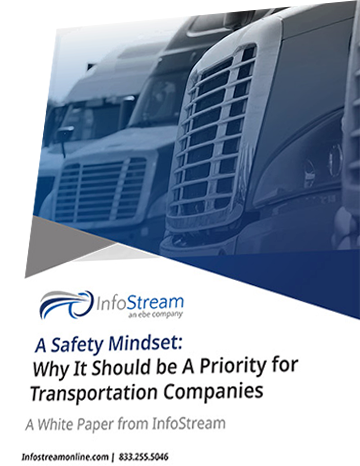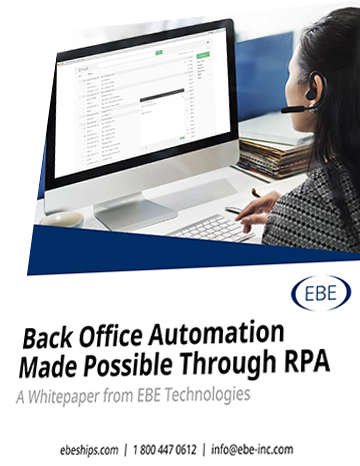

It’s clear that the right content management system supported by AI technology could be the key to streamlining your organization’s back office – and improving its profitability. There are numerous content management solutions available today; how do you know which one is right for your organization? Below are some considerations that will assist you in determining which content management system makes sense for your company.
When exploring a content management system, it’s important to consider one that is specifically geared toward the transportation industry. Every transportation organization is unique, depending on the commodities hauled, the type of equipment used, the number of locations and terminals, and the size of the organization itself. Because of this, a solution that is flexible enough to meet your organization’s individual needs is crucial.
Additionally, you’ll want to make sure that the solution you choose is scalable to your organization’s growth. It’s nice when your business is growing, however without significant changes in the back office, the additional workload can jeopardize your profitability and relationships. An automated system that grows with your organization is necessary for your transportation business’s continued success.
Another important advancement in AI as it relates to content management is unstructured OCR processing. Unstructured OCR is a dynamic solution that reads hand print, optical marks, and laser print to automatically convert written text into data – data that can be combined with other information in your organization’s dispatch, accounting and safety systems within your back office. This program is the key to the document imaging process, and reduces the time, energy, and errors associated with the manual data entry process. An effective content management system will include a recognized OCR solution that can be utilized to scan and automatically index a variety of documents specific to your organization, including bills of lading, proof of delivery documents, invoices, or lumper receipts. This results in less paperwork for your drivers or carriers to manage, and a more streamlined process in getting those documents into your back office processes.
The OCR function is now becoming viable as a mobile phone application as well. Using AI, a driver can capture documents at the time of delivery, perform OCR on the document, provide the data to the dispatch system and perform the billing function within minutes of delivery. Most importantly, the entire billing function is completed without a person aiding in the process. Carriers now staff their billing and settlement departments to manage the exception transaction — not the entire transaction count.
A first-class content management system should be more than just an electronic filing cabinet. The key to streamlining your back office is automated workflows utilizing AI technology. With AI-supported workflow, processes are executed based on defined business rules. As data is interpreted, AI will ensure the appropriate response is performed, including completing the transaction and/or notifying the assigned staff at the right time. Automated workflows help your back office improve efficiency and productivity by requiring your staff to only touch the documents that are out of standard. For example, once all of the required paperwork for a particular load is indexed into the system, it can be immediately routed to your billers, thus reducing the need for your billers to check for the paperwork manually. Imagine how much time – and money — your organization can save if paperwork was automatically routed to the right people in your back office.
A content management system cannot stand alone. To be truly effective, the solution should be able to integrate with your dispatch system as well as any other systems used in your back office, including accounting and email systems. Integration is crucial to interoperability in your enterprise, seamlessly exchanging data among your critical transportation systems. With integration, repetitive data entry is eliminated, real-time visibility to operational data improves document and data management, and automated processes can be initiated across your organization. A content management system can help you extend the value of your current technology investments through its integration capabilities.
A content management system provides a host of benefits to an organization, including the direct impact to your bottom line. The Return on Investment gained through the successful implementation can make a difference in the profitability of your company. Capturing the details of the processes provides you with the insight to make informed decisions on where to focus your energy toward improvement. With such a system, you should be able to track the KPIs that are significant to your organization and create reports based on those numbers. For example, do you know the average time it takes your current back office staff to bill a customer, from the receipt of paperwork to sending the bill? With a content management system, you can measure your organization’s time to bill down to the second – and have complete visibility to your staff’s productivity in the process.
There are many factors that go into evaluating and selecting the appropriate document imaging and content management system. It is not enough to have a document imaging system – you also should focus on identifying opportunities for improvement through automation and integration. If your organization is simply storing documents in shared files supported by manual processes, there is certainly room for improvement.
You’ve seen the benefits of automating your back office; now you can experience them in your own organization. EBE Technologies offers a first-class imaging and workflow solution supported by AI technology, with superior imaging, OCR, and integration capabilities. Contact us today to get started!









